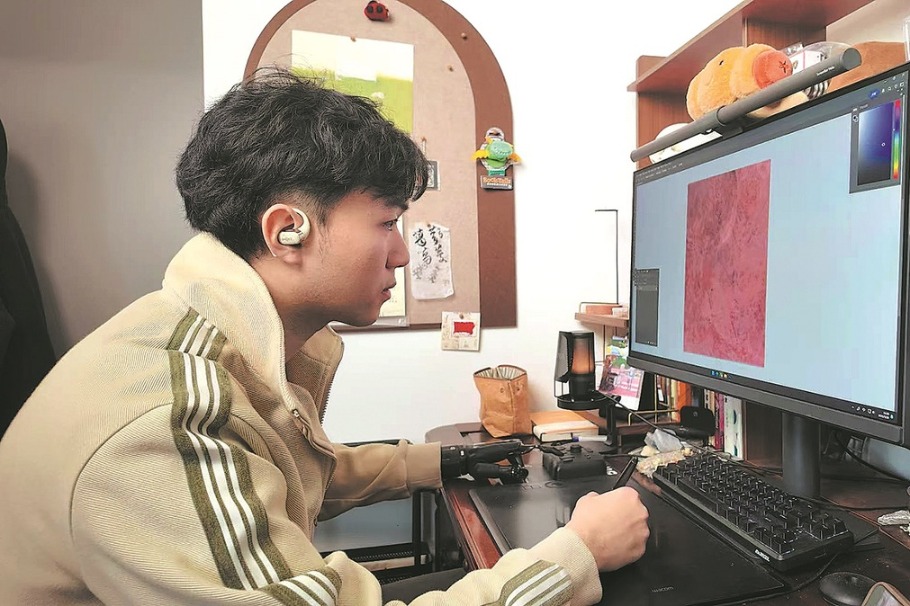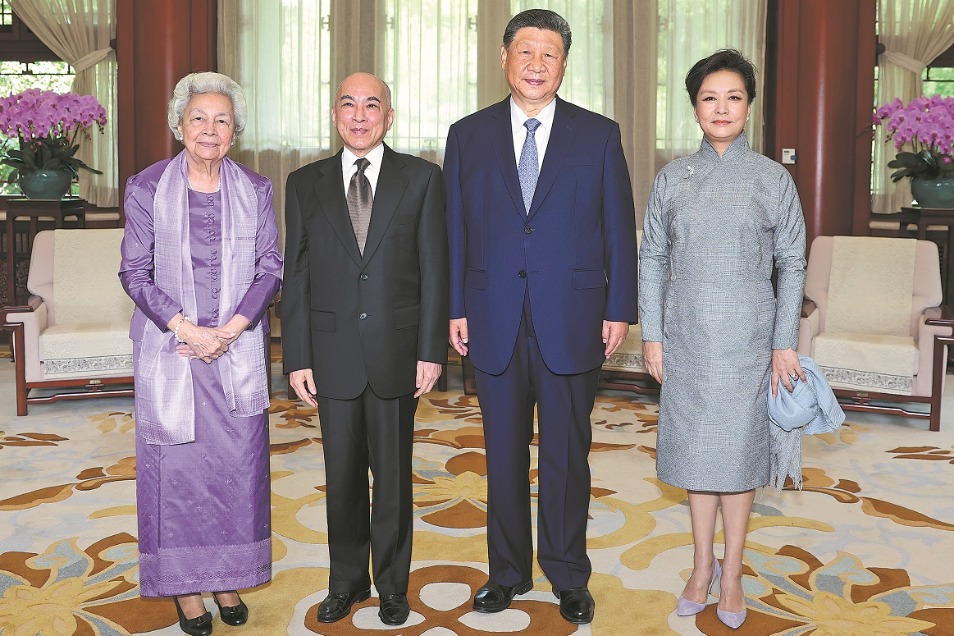Shopping despite COVID brightens future prospects

BEIJING-China's consumer spending has been on track to full recovery from the ravages of COVID-19.
Retail sales rose by 4.6 percent year-on-year in the fourth quarter of 2020. The overall scene bounced back from the dramatic contraction in the first two quarters of last year and displayed sustained recovery momentum ever since.
That, however, is not the whole story. The unprecedented pandemic has had a profound impact on Chinese consumers' shopping habits and preferences. Some of these implications will likely persist even in the post-pandemic era.
The following breakdown of official data sheds light on how China's consumption recovery has unfolded and what new bright spots are coming into sight.
Digital upsurge
China's online shopping has been on a tear, and this boom prevailed even amid COVID-19. Store shutdowns and social distancing have made Chinese consumers more dependent on online platforms for shopping.
China ranked as the world's largest online retail market for an eighth straight year in 2020, with online sales surging 14.8 percent year-on-year to 9.8 trillion yuan (about $1.52 trillion).
Livestreaming served as a catalyst, with influencers sitting in front of cameras and promoting products via their social media channels.
Official data showed more than 20 million livestreaming marketing activities took place in 2020. It allowed a legion of leading influencers to become household names for selling real bargains to savvy consumers.
Top-notch auto sales
The auto market continues to be a highlight of China's consumption in 2020. With 25.31 million vehicles sold last year, China topped the world in auto sales for 12 consecutive years.
As the world's largest auto market, China is actively pursuing green growth in its massive auto industry. Sales of new energy vehicles (NEVs) surged to a record high of 1.37 million units last year, up 10.9 percent year-on-year.
In November, China unveiled a development plan for its NEV industry from 2021 to 2035, expecting purely electric automobiles to dominate new purchases by 2035.
Market observers expect China to continue spearheading the global auto industry's shift to NEVs. A CITIC Securities report predicted NEV sales would soar by 54 percent year-on-year to 2.1 million units in 2021.
Fancy for foreign goods
Impacted by COVID-19-induced travel restrictions, Chinese consumers no longer travel as much to buy international brands abroad, but their desire for foreign goods is still real.
Official data showed China's imports of consumer goods rose by 8.2 percent year-on-year to 1.57 trillion yuan in 2020, accounting for 11 percent of the country's total value of imports.
The growth partly resulted from the country's expanding cross-border e-commerce business, which surged by 31.1 percent from a year earlier in aggregate import-export volume.
Policy stimuli to drive consumer goods imports function as another growth driver. For instance, Hainan province increased its annual tax-free shopping quota from 30,000 yuan to 100,000 yuan per person starting July 1. Duty-free category goods have also been expanded, with some electronic products such as mobile phones and laptops added to the list.
Duty-free stores in Hainan raked in 32.74 billion yuan in sales last year, 1.27 times higher than that in 2019.
Rural vistas
China's rural areas have emerged as a new frontier for businesses to tap purchasing power.
One sign is that consumer spending is recovering faster in rural areas than in cities amid the national combat against COVID-19. In the fourth quarter of last year, retail sales in rural areas surged by 5.6 percent year-on-year, 1.1 percentage points higher than that in cities.
Analysts expect China's rural market potential to unleash further as the country is pushing forward rural vitalization after winning the tough war against absolute poverty. More investment is likely to consolidate rural e-commerce infrastructure.
E-commerce in China's rural areas has maintained sound growth momentum. In the first three quarters of 2020, online retail sales in rural areas reached 1.2 trillion yuan, jumping 7.8 percent year-on-year.
The government has decided to further improve weak links in rural consumption, like expanding the coverage of e-commerce and express delivery.
It will also enhance cold-chain logistics facilities and leveraging technologies such as big data to ensure the supply of agricultural products.
Brighter prospects would likely open up for rural consumption as a result of these measures.
Xinhua






























